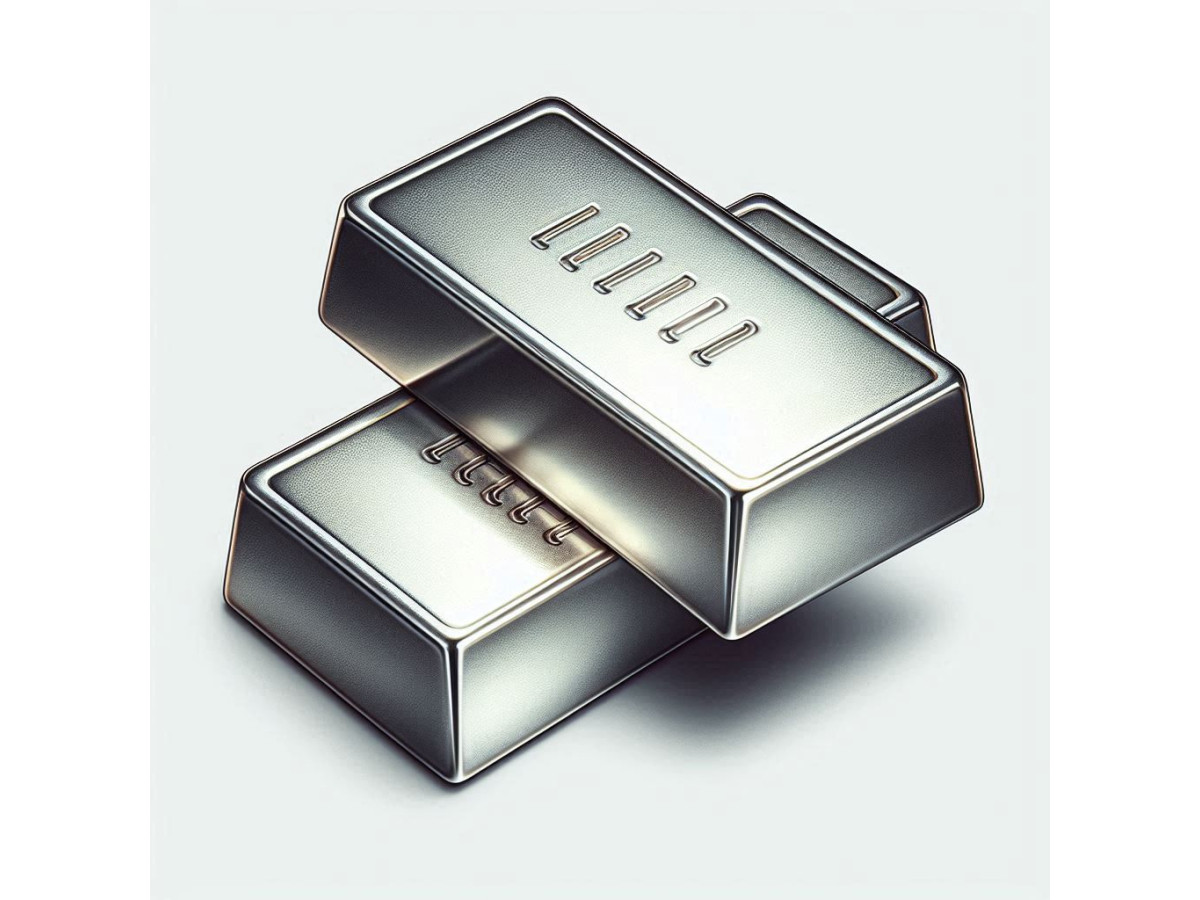In the world of metals and alloys, aluminum occupies a special place due to its exceptional properties. Lightness, strength and rust resistance have made this rolled steel indispensable in various industries. But among the many forms and types of aluminum products, it is casting blocks that occupy an important place in production processes. These castings are the basis for creating a variety of products, from automotive parts to structural elements in construction. In this article we will take a detailed look at all aspects of the use and production of these aluminum billets.
Manufacturing methods
Silver metal, born from clay and electricity, has conquered the world with its lightness and strength. From the ancient Egyptian pyramids, where traces of aluminum compounds were found, to modern skyscrapers and spaceships, the history of aluminum is the story of human progress. And one of the most important forms in which this metal enters production is aluminum ingots - a workpiece fraught with limitless possibilities.
Aluminum is a metal that can transform. From shapeless ore it turns into a shiny ingot, and then into thousands of useful items. But how does this magical transformation happen:
- smelting in electric arc furnaces;
- crystallization under controlled conditions;
- vacuum casting.
Melting in electric arc furnaces makes it possible to achieve better purity of the metal and control its chemical composition with great accuracy. Aluminum melts under the influence of powerful electric arcs, which allows minimizing impurities and obtaining homogeneous workpieces.
After melting comes the forming process. This is where the forging method comes to the rescue. The molten metal is poured into molds and then pressed and drawn, which allows the workpiece to be given the desired shape and size. This method is especially effective for the production of large and complex products such as aircraft parts and building structures.
The final stage is heat treatment. Here, aluminum blanks are quenched and tempered, which increases their strength and resistance to rust. This stage is especially important for the production of components that will be used in extreme conditions, such as offshore and oil and gas platforms.
Varieties and technical features
Aluminum ingots are blanks that serve as the basis for the production of a wide range of aluminum products. They differ in alloy composition, size and other characteristics:
Aluminum ingots without impurities have increased ductility and corrosion resistance. They are used for the production of products where high purity of the metal is required.
Other alloys contain various alloying elements, for example, copper, magnesium, silicon, etc., which give the material specific properties: strength, heat resistance, rust resistance, etc. The most common grades of alloy alloys are D16, AK7, AK9, etc.
Based on their purpose, they distinguish between casting and deformable products. The former are used for the production of castings by casting, the latter are used for the production of rolled products (sheets, strips, profiles).
Each alloy has its own unique chemical composition, which is regulated by relevant standards. Strength, ductility, hardness, impact strength - these characteristics determine the scope of the alloy.
The sizes of aluminum ingots can vary significantly depending on the manufacturer and purpose. They usually have the shape of a rectangular parallelepiped or trapezoid. The main parameters characterizing the size of the ingot:
- length;
- width;
- height;
- weight.
Each pig has a marking that contains information about its composition, manufacturer and other characteristics. Marking is usually applied to the end surface of the pig.
Scope of application
Ingots serve as the basis for the creation of various aluminum alloys with specified properties, which are used in the aviation, automotive and other industries. Aluminum is added to steel to remove oxygen and other impurities from it.
The pigs are melted down and poured into molds to produce parts of complex configurations. These can be parts for cars, aviation, household appliances, etc. They are also rolled on special machines, producing various types of rolled products that are used in construction, mechanical engineering, electrical engineering and other industries. The pigs are subjected to forging to obtain blanks for parts with maximum strength and wear resistance. The products have good strength with low weight, which makes them attractive for many industries.

